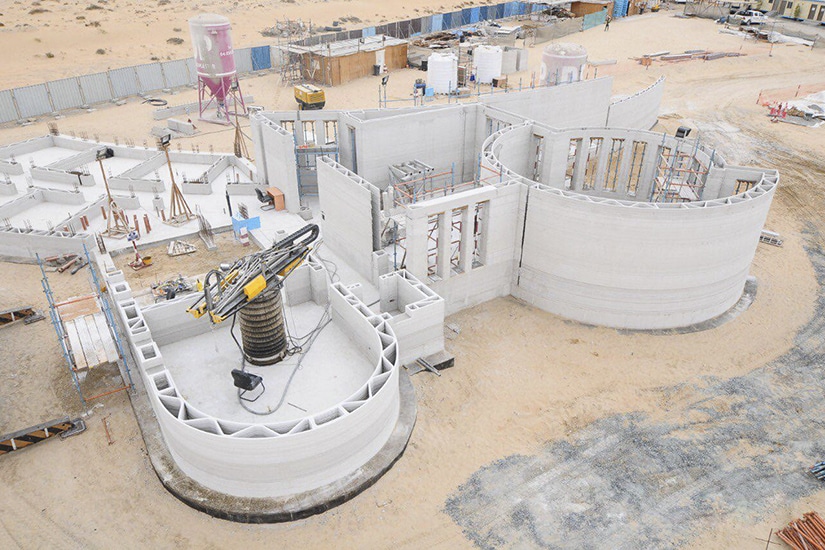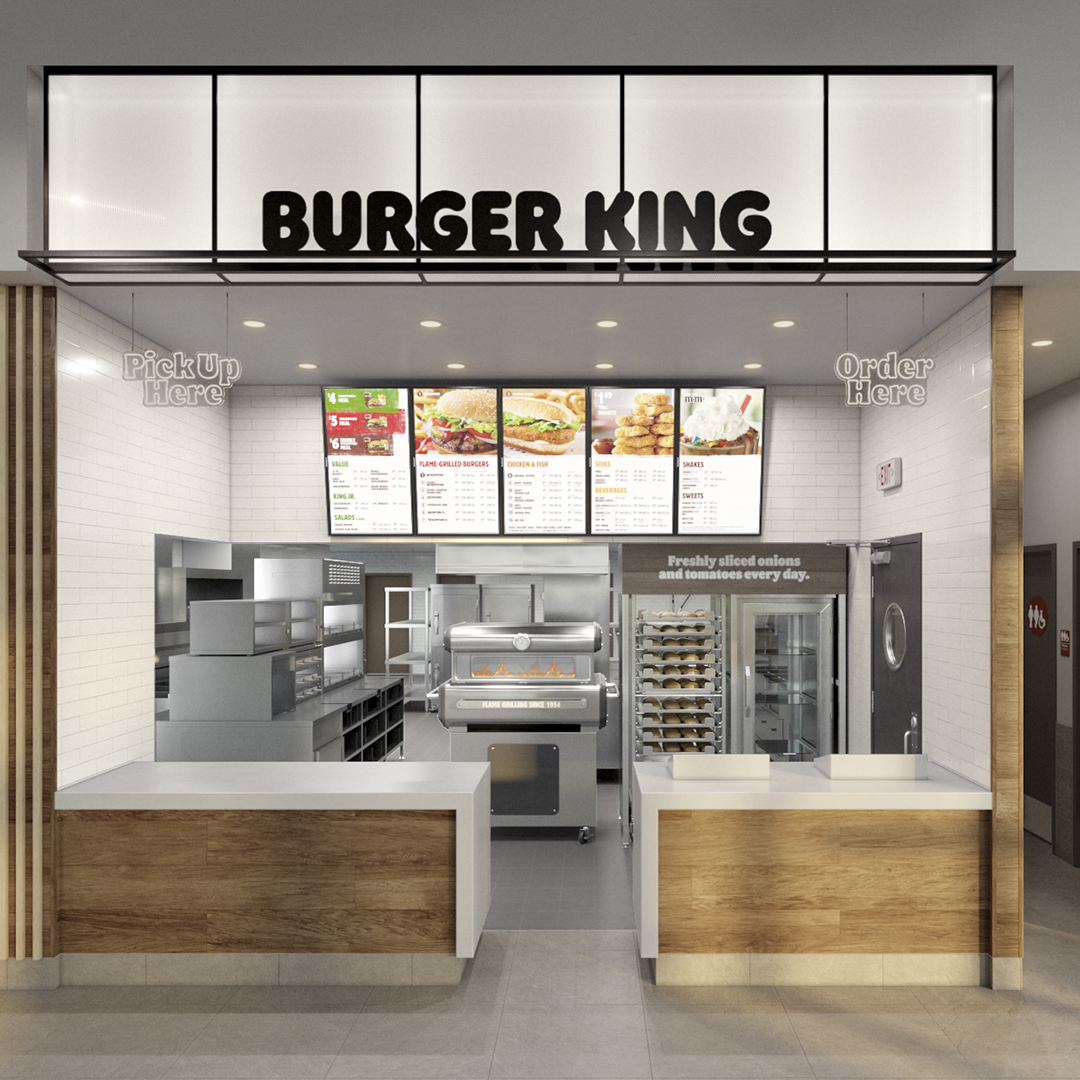|
Getting your Trinity Audio player ready...
|
The year is 2031. You’re sitting in your living room, sipping a cup of coffee. It’s a morning that feels the same as any other, except for one main difference. The house you’re living in was made by a 3-D printer—in one day.
This is what Anna Cheniuntai predicts for the not-too-distant future. The CEO of 3-D printer manufacturer and construction company Apis Cor was inspired to cofound the business after working in the industrial industry with her partner Nikita Cheniuntai, where they shared an epiphany. “After doing some large construction projects, we just realized how outdated this industry was and that there should be another way we can make things,” she says. “The construction industry still remains the one industry with a low level of automatization and, as a result, a low growth of efficiency.”

That’s where robots come in. “We just needed to figure out how we can introduce robotics and causation to construction to change the industry, which hasn’t been changed basically since the Middle Ages,” Cheniuntai points out.
Nikita invented the core equipment—a fully automated 3-D printer capable of printing houses of massive sizes—and then Apis Cor had an opportunity to prove what the robot could do with a project in Dubai.
“It was the real first project that we delivered because this was built according to the structural calculations, local building codes, seismic requirements—everything,” Cheniuntai explains. “The printed structure is a two-story building that will be used by the Dubai Municipality as part of their infrastructure.”
While the project provided a learning experience, and allowed the two leaders to fully test the equipment and identify areas for improvement, it wasn’t just a business model or demo—it was a true testament to what the printer is capable of doing despite conditions that could pose an impediment. Cheniuntai notes that the team printed the building in Dubai’s natural conditions without any tents in place to control the humidity or temperature. This helped them test the equipment’s durability and develop a material that works in changing environmental conditions. Of course, this is yet another benefit of using the printer for standard home building—no matter the weather, the robot gets it done.

It was a success—but that didn’t mean Apis Cor was ready to settle. “We actually significantly redesigned and improved that robot,” Cheniuntai says. “It was not self-driving, so we moved the robot using the construction crane, but then we realized that that wasn’t a good enough approach because it is a time consuming process, requiring additional personnel and equipment to do all of this pretty dangerous work.”
The solution? Wheels. “With the moving platform, we can just move the robot with the remote control, so this is what we implemented after this experience.” The new version—also much more compact—is what Apis Cor rolled out for its next big project: the first 3-D printed house in the US with a certificate of occupancy, currently dubbed the Louisiana Project for its location outside of Baton Rouge.
The certification is important, Cheniuntai explains, helping “to move the technology further and adopt it in the market for the real application, because there are no building codes for the 3-D printed houses.” Which makes sense, given that it hasn’t been done before.
“We definitely do very disruptive work in this direction—the printing technology allows us to print any shape, any pattern of the walls. And that’s good that we have freedom for what we want to print,” the CEO says. “But at the same time, it’s not very good in terms of building codes and compliance with them, because building codes are about something consistent that you would do all the time, the same way. And there is not something for 3-D printing houses here”—yet.
Standardization ensures both safety and efficient replication. It gives building officials something to rely on, Cheniuntai says, and the Louisiana Project will serve as a foundation for changing those guidelines to accommodate 3-D printed constructions. The Louisiana Project is a two-story, compact residential house—something that can be easily translated to building affordable housing in crowded cities, which demands cost-effective and sustainable construction as well as a way to maximize utilization of space.

Apis Cor’s long-term plan is to help make its technology mainstream, then reduce the equipment price and bring it to other countries where skilled labor lacks but homes are needed. “Down the road, robotics and 3-D printing construction technology will actually change the life of people who never thought that they could have a house,” Cheniuntai affirms. When you compare two different houses—one printed, one built—the former will be recognized as the more innovative solution to built houses, she adds.
“We believe that it will become one of the main ways of how to build houses because it not only helps to meet the growing demand for new housing but also drastically improves the construction process in general—we use less material and thus generate less construction waste. People work in safer environments and are doing less hard physical work,” she says. “The innovation basically reshapes the whole landscape of the construction process, as well as [that of] the supply chain: we deliver the material differently, so we reduce the logistic costs as well.
“And so, we will introduce alternative materials which are eco-friendly. For example, we are going to use geopolymer material, which actually does not contain cement at all,” Cheninuntai continues. “Just imagine that in several years, we’ve built hundreds of thousands of houses and they don’t contain cement.” The end result reduces carbon pollution.
But the first hurdle is to help people in the construction field understand the technology and how it can benefit not just the industry but the world at large. “Someday, the technology will be just the same as any other well-known, documented construction process. It’s something we need to do if we want to evolve as human beings and improve both life on our earth and the world beyond the earth.”
But it’s not an overnight process, Cheniuntai recognizes. “It’s something that will change the future in a big way. And if you change something in a big way, it takes some time.”
It’s like the old saying: Rome wasn’t printed in a day.


